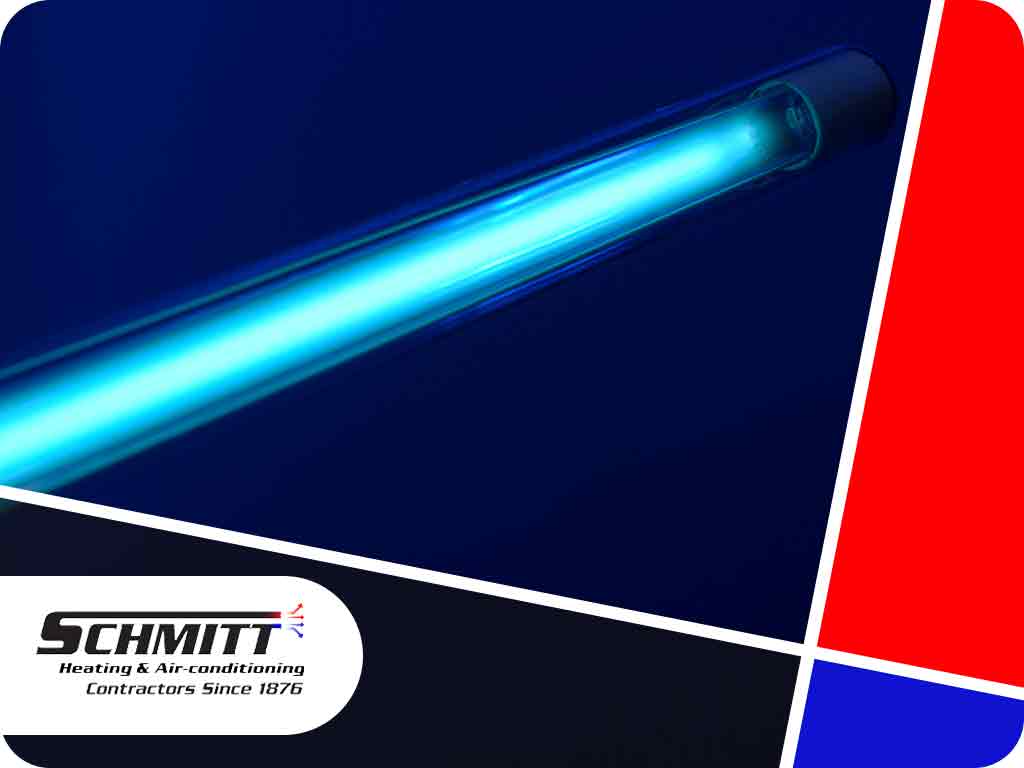How Can UV Lights Improve Your HVAC System?
Ultraviolet light is notorious for causing sunburn to the skin and discoloration on home furnishings. But did you know that it can actually help improve the performance of your HVAC equipment?

Yes, adding a UV light to your heating and cooling system can improve your indoor air quality. It may be costly, but it’s worth the investment. Learn more about it below.
How Does It Work?
Installing a UV light near the condenser coils can help kill bacteria and mold spores in the air as they enter the HVAC equipment. When the unit expels conditioned air, it comes out free of those harmful microorganisms.
UV lamps are generally more useful in hot climates where evaporator coils are often damp. In colder weather, though, these devices are likewise useful since houses that use a considerable amount of heating tend to generate a lot of indoor humidity. This creates an ideal environment for bacteria and mold to thrive.
What Are Its Limitations?
Bacteria and mold do not survive UV radiation, but other allergens might. This light has no effect on pet dander and dust, for example. If you’re sensitive to contaminants that are immune to UV light, you may still experience allergic reactions upon exposure to these air pollutants.
Is a UV Light an Alternative to a Quality Air Filter?
A UV light is not a replacement for an air filter, but rather is meant to be a supplement. You still need to maintain your air filter as usual, as it’s responsible for stopping the entry of large particles of dust and other allergens into your HVAC system.
Get High-Quality UV Lamps From the Experts in Heating and Cooling in San Francisco
Use Schmitt Heating and Air Conditioning’s wide range of heating and cooling solutions to improve your HVAC system’s performance and cleanliness. Call us at (415) 522-0966 now or complete this form to request service and enhance your home’s indoor air quality.






Leave a Reply
Want to join the discussion?Feel free to contribute!